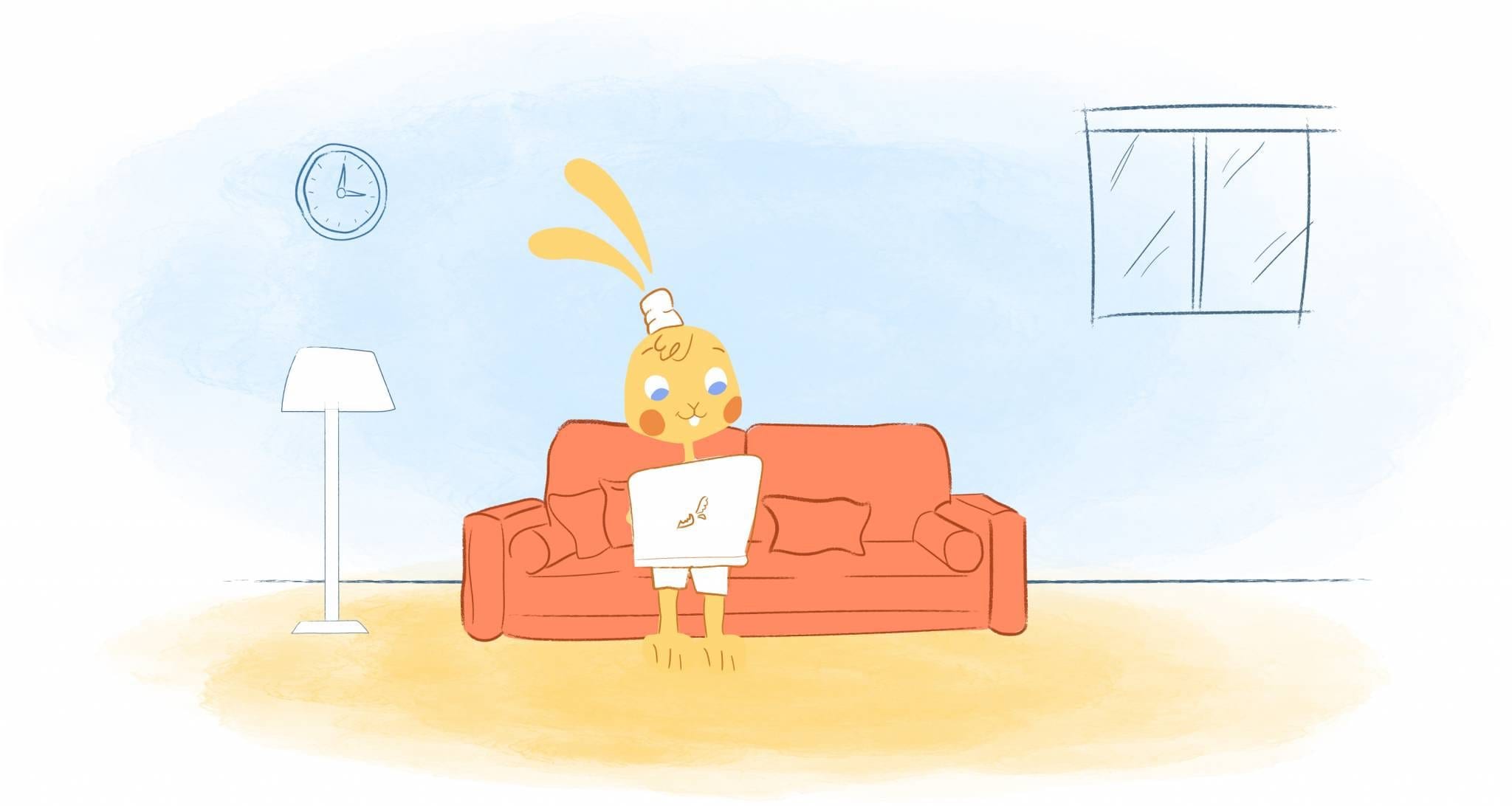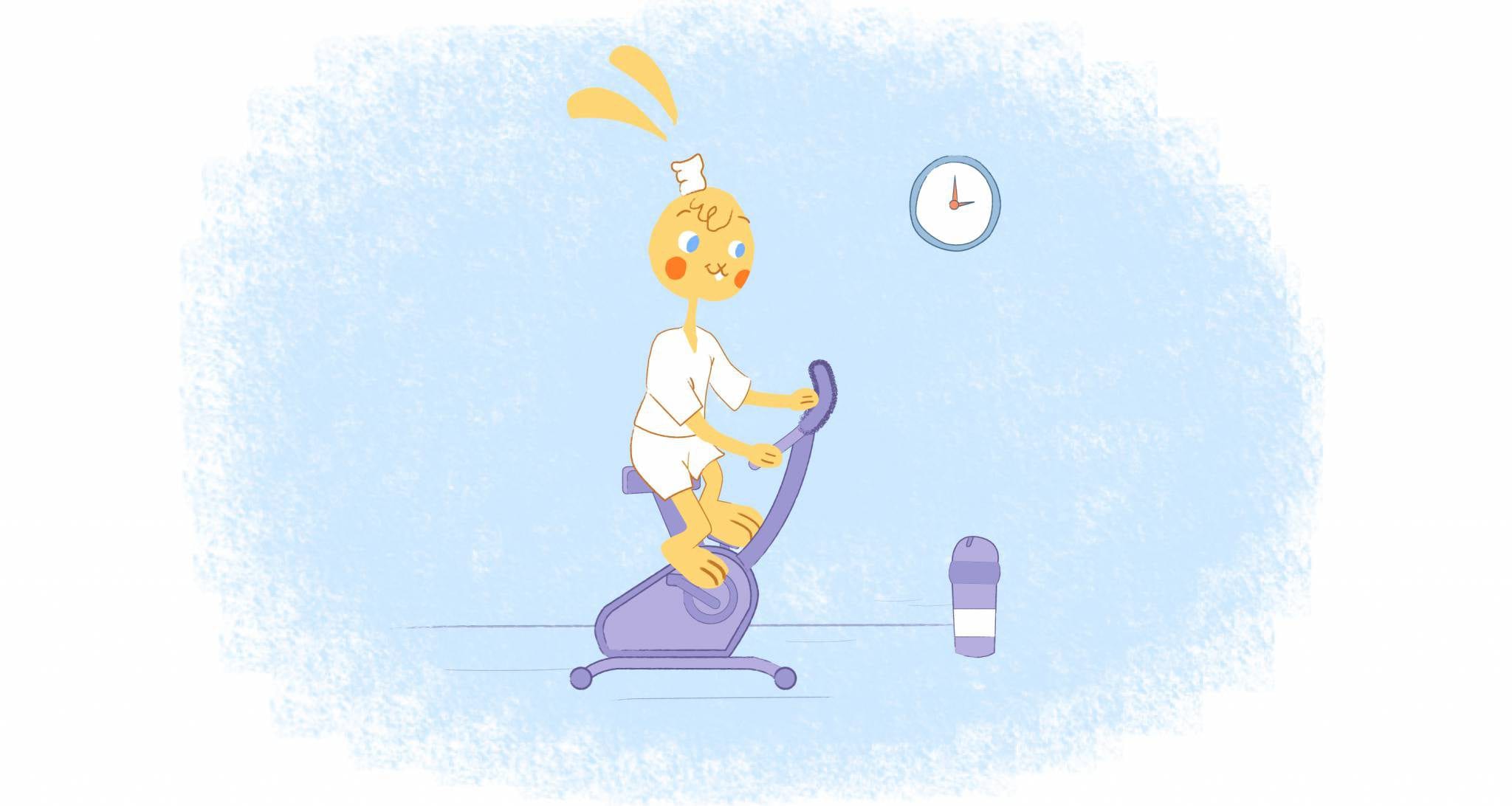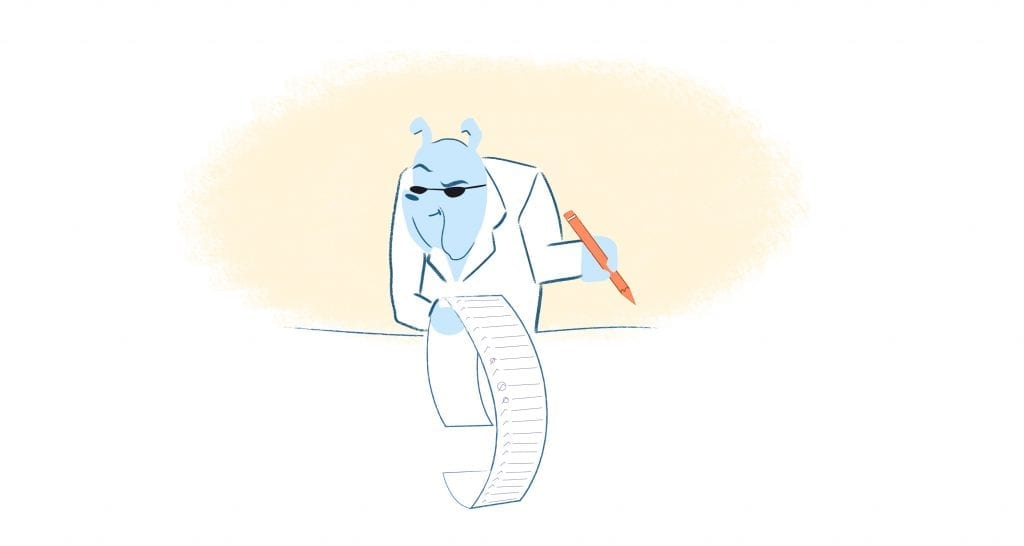

On a recent Saturday afternoon, I made a quick trip to the local hardware store. I had a wild creative project that I wanted to get started on — immediately. I’d made a list of everything needed so I’d be in and out of the store quickly. When I got back to my car, I was hungry and didn’t have anything planned for dinner. I decided to grab something on the way back home but spent ten minutes trying to figure out what to eat. Here are 15 ways to improve your decision making.
In the scheme of things, this wasn’t a big deal — but the slow-down did upset me. What if every day was like that? With all of the decisions that you’re expected to make daily, time can be eaten-up in a snap. As a consequence, you’re less productive — but worse; you often end up making a poor decision.
For example, because I was indecisive and on the verge of feeling hangry, I was tempted to go through a drive-through. A better decision would be to order something a little bit healthier from a local pizzeria — a salad and one slice of pizza — well two slices, but you see what I mean?
The good news is that making decisions doesn’t have to be a struggle. There are ways that you can improve your decision-making skills in life — and in business. You want your decisions to be faster and better for both short-and-long-term time management.
1. Use both sides of your brain.
“Each time we make a choice, I believe that our left-brain arm-wrestles with our right,” writes Micheal Levine, author of the column The Divided Mind. “The left (and more pragmatic side) tells us to act logically, while our right puts up a dramatic fight for following the heart’s content.”
The solution here is to find the right balance between both sides when making a decision. One effective way to achieve this is by conducting a cost-benefit analysis where you weigh the benefits against the negatives.
2. Simplify the battlefield.
“As a leader in the U.S. Navy SEALs, I had to ‘simplify the battlefield’ and make rapid-fire decisions that had life-and-death consequences,” Mark Divine, retired U.S. Navy SEAL commander, founder of SEALFIT, Unbeatable Mind, and The Courage Foundation, told CNBC. To “simplify the battlefield, Divine developed a system called PROP, as in “prop up decisions.”
The PROP model works like this:
- First, identify and determine your priorities, such as “get cash positive.”
- Next, “outline the Realities you face, such as limited resources or timeline.”
- After considering your priorities and realities, come up with “the most plausible options available.” For example, making the decision “to cut staffing or offer a deep discount.” Sometimes the best option is obvious. But, Divine recommends ranking your choices to be certain.
- “Finally, choose the best option as your Path forward,” says Divine. “Execute that immediately with a simple plan and shift fire as you meet the next set of realities.”
3. Rest or sleep on it.
Throughout life, there are times when you must take immediate action. For example, your child picked up a small item, which presents an obvious choking hazard, and it’s heading right towards their mouth. Or, your business just experienced a cyberattack, and all of the sensitive data you have stored is in jeopardy. During times like these, you don’t have time to think. You need to act.
However, with most of the decisions you must make, you usually have some time to mull things over a bit. And — thinking — is often in your best interest.
“When you have to make a big and important decision, it may be best to do it when you are rested, focused, and motivated,” writes Jeremy Nicholson M.S.W., Ph.D. The reason is that when you’re fatigued, you’re more likely to go with the most comfortable or most convenient choice — even when it’s not the best option.
One study found that clinicians are 26% more likely to prescribe unnecessary antibiotics during their fourth hour of work.
To remedy the problems that can result from split-second decisions, “when possible, think through important decisions when you are well-rested, clear-headed, and have the energy and motivation to dedicate to the task.” If you can’t “sleep on it,” then take a step back, even it’s just for 30 minutes, and circle back to it. Make as many decisions as you can that you won’t have to decide again — ever.
Like: I will not drive alcohol, ever. Decision complete — and you don’t need to EVER think of it again. A simplified decision-making process will save your business. Personally, if I’m stuck between multiple choices, I go for a walk. It gives me a chance to clear my head and recharge before making my final decision.
4. Practice being decisive.
“If you’re chronically indecisive, build that decision-making muscle by starting small,” recommends decision coach Nell Wulfhart. “Give yourself 30 seconds to decide what you’ll have for dinner, what movie to watch, or whether you want to go out tonight.” The key is to follow through with your decision.
Keep repeating this process as it will help train your brain to make decisions faster. And, keep working your way up to more important decisions.
And, if this gives you anxiety, ask yourself one simple question; what’s the worst that can happen?
5. Put your ego on the backburner.
I feel that this is an area entrepreneurs need to work on. It’s easy to understand why, though. You’re personally invested in your business and know it like the back of your hand. But, sometimes, that can prevent you from making the right decision. And you certainly don’t have to make a perfect decision — you likely won’t be perfect, anyway.
For example, let’s say that you didn’t hit your sales goal. Is it because you’re targetting the wrong audience? Did you not follow up with your leads? Or, is the price point wrong? You need to look at the facts instead of your assumptions and feelings.
You may not like what you hear. But, analyzing data and soliciting feedback from your employees and customers can clue you in on why you failed to hit your target.
6. Practice mindfulness.
“Most people have trouble admitting they were wrong when their initial decisions lead to undesirable outcomes,” said Andrew Hafenbrack, lead author of a study published in the journal Psychological Science. “They don’t want to feel wasteful or that their initial investment was a loss. Ironically, this kind of thinking often causes people to waste or lose more resources in an attempt to regain their initial investment or try to ‘break even.'”
According to his research, “a brief period of mindfulness meditation can encourage people to make more rational decisions by considering the information available in the present moment while ignoring some of the other concerns that typically exacerbate the ‘sunk cost bias.'”
7. Ask others for advice.
Studies have found that peer pressure is hardwired into brains. Because of this, even if you’re a well-adjusted and independent thinker, you may be swayed by others when making decisions. And, sometimes, that could lead to you making an awful decision.
Despite this, there are times when you should consult others when facing a tough decision. Ideally, these should those who are directly affected by your choice. However, you could also seek advice and feedback from people that are trustworthy and honest. You could also turn to experts, a mentor, or those who challenge your thoughts.
8. Outsmart the anchoring bias.
The anchoring effect is a type of cognitive bias where you base your decision on the first piece of information presented to you. You’ve probably seen this in action when purchasing a new car or home. You’re shown an item that’s out of your price range and then one that is cheaper. The second option may now appear to be the better buy even though it’s still overpriced.
Thankfully, there are ways to outsmart this bias. For starters, beware of the weaknesses and prejudices in your thoughts. Next, delay your decision. And, finally, drop your anchor by doing some research or making the first move.
9. Set time limits.
For smaller decisions, give yourself only five to ten minutes. Remember, going back and forth on these trivial decisions can become serious time-wasters.
For more important ones, allow a little more time. Depending on the exact situation, this could be a day or even a week. The idea here is to give yourself the appropriate amount of time to do your research and weigh the pros and cons.
10. Use your past as a guideline.
“When we have a lot of choices, it can increase the anxiety and noise in our head,” says author and psychotherapist Dr. Robi Ludwig. “It’s not uncommon to be confused about which direction to take — what’s right or what’s wrong.”
Dr. Ludwig’s advice? Use your past as a guideline when making decisions. Thinking about what you have chosen in the past may not always work. Each situation is different, so take a moment to reflect on your past experiences before making your decision. It may be able to help you make a more informed decision.
11. Shake up your routine.
While your past experiences can steer you in the right direction, you also don’t want to become too complacent. After all, complacency can prevent you from taking risks or seeking out fresh perspectives. In turn, this encourages you to take shortcuts, aka heuristics, and stick with the status quo.
As any successful entrepreneur would tell, you need to challenge the status quo to be disruptive and think outside the box. You also need to keep up with the latest trends and consumer tastes. If not, you’ll be making outdated decisions that aren’t helping you achieve your goals.
To prevent getting stuck in a rut, continuously learn new skills. Get out of your comfort zone and have new experiences. Hang out with diverse people. And don’t be afraid to experiment with new ideas. You can then apply your new knowledge, experiences, and feedback to improve your decisions.
12. Disprove yourself.
Even the smartest people in the room make stupid decisions. The reason? Confirmation bias. In a nutshell, confirmation bias is where we only seek out evidence or make a decision because of pre-existing beliefs. As a result, you may make the wrong choice because it aligns with your beliefs.
An effective way to combat confirmation bias is to disprove yourself. To do this, Mayo Oshin suggests that you “seek out all possible ideas that may contradict your current beliefs” whenever faced with a challenge. “This will prepare you to make a well-rounded good decision instead of an irrational bad decision based solely on your beliefs and emotions.”
13. Seek the right information, not more.
In your quest to make the best decision possible, you may dissect facts, relive the past, contemplate the future, and seek expert advice. Most of the time, this can be helpful. But, if you go too deep, you may fall into a rabbit role.
Instead of defining the problem, you keep consuming more information. You constantly question yourself. And, you put way too much thought into outcomes that will never transpire. Not only will you experience cognitive overload, but you’re also getting further away from coming up with a solution.
When you’re at crossroads, it’s often best to go back to the beginning. Clarify the problem, goal, or desired outcome so that you can search for the right information.
14. Plan ahead.
It’s not realistic to have a plan for every possible scenario. But, you do have control of certain areas in your life where you can prepare in advance.
For instance, on Sundays, you could plan out your meals for the week. Even if you don’t batch your meals, you could at least come up with a menu. You have made the decision. Now you know what you have to purchase at the store. You now know what you’ll cook each day of the week. You could also use your Sundays to pick out your clothes and review your schedule so that you know how you’ll be spending your time.
The process may sound simple. But, when you plan ahead, you’re reducing the number of decisions you need to make. As a result, you won’t experience decision fatigue and will have the energy to make more sound choices.
15. Trust your first instinct.
Henry Winkler, aka The Fonz, once wrote, “Your mind knows only some things. Your inner voice, your instinct, knows everything. If you listen to what you know instinctively, it will always lead you down the right path.”
It turns out The Fonz was right. Dr. Joel Pearson, one of the world’s leading authorities on human consciousness, states that intuition does exist. His research has discovered that unconscious emotions have the power to improve the speed and accuracy of decision-making.
Should you solely rely on your gut? Of course not. But, there are times when your first instinct is right. And, whenever you have that feeling, you shouldn’t ignore it.
For example, let’s say that you’re interviewing a candidate. They have a solid resume and answered all of your questions correctly. But, you’ve got a hunch that they just won’t fit in with your company’s culture. Listen to what you’re gut is saying so that you can narrow your search down to a candidate who would be a better fit.
The main point here is to make good decisions — or at least better decisions for the long term.
Decide what your day is going to look like and stick with that plan. Yes, you have to be somewhat flexible — but if you are too amenable, (a-woman-able?), you’re back to many many decisions. We’re cutting back on those pesky thoughts in favor of getting things done quickly. Work on productivity hacks that you’ll do automatically so you can save that decision-making-space.











Deanna Ritchie
Editor-in-Chief at Calendar. Former Editor-in-Chief and writer at Startup Grind. Freelance editor at Entrepreneur.com. Deanna loves to help build startups, and guide them to discover the business value of their online content and social media marketing.